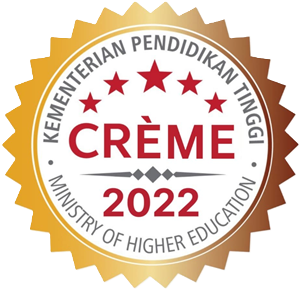PERFORMANCE OF FILM-FORMING FINISHES ON THERMALLY MODIFIED BOLO (GIGANTOCHLOA LEVIS)
DOI:
https://doi.org/10.26525/jtfs2023.35.3.339Keywords:
Finishing, nitrocellulose lacquer, polyurethane, thermal modification, water-based polyurethaneAbstract
The effect of thermal modification on the finishing properties of the bamboo species, bolo (Gigantochloa levis), was investigated. Bolo was thermally modified in steam at 175 and 200 °C for 30 minutes, followed by the application of Nitrocellulose lacquer (NC), polyurethane (PU) and water-based PU (PUW). Thermal modification lowers pH, gloss and degree of lightness (L*) and increases dry film thickness. On the other hand, the adhesion property and gouge hardness of solvent-based finishes such as NC and PU significantly improved with heat treatment at 175 °C. At 200 ˚C, the hardness of both topcoats further improved, along with the adhesion property and acid resistance of PUW. Scanning electron micrograph revealed an improved adhesion bond on NC and PU applied on thermally modified at 175 °C.









